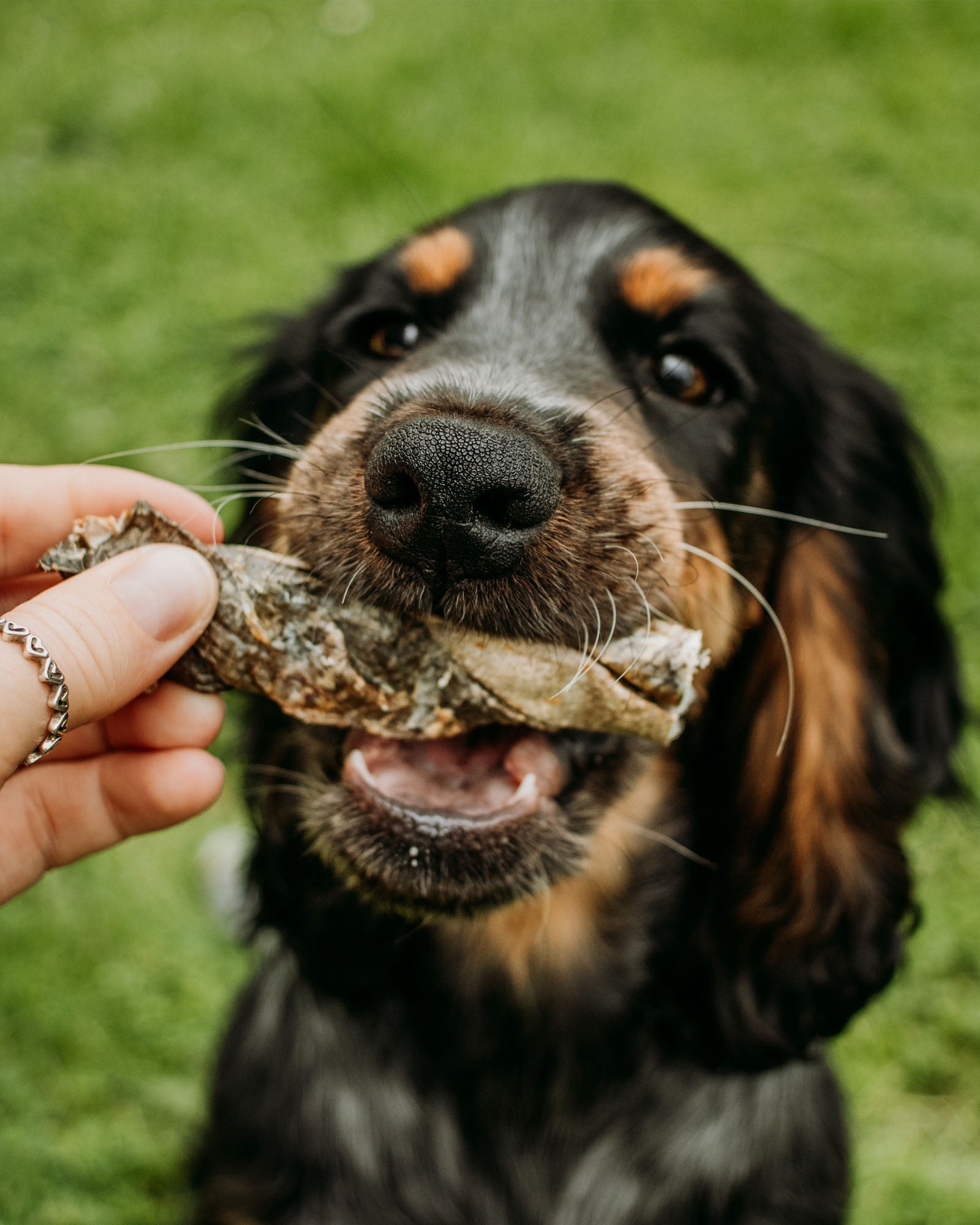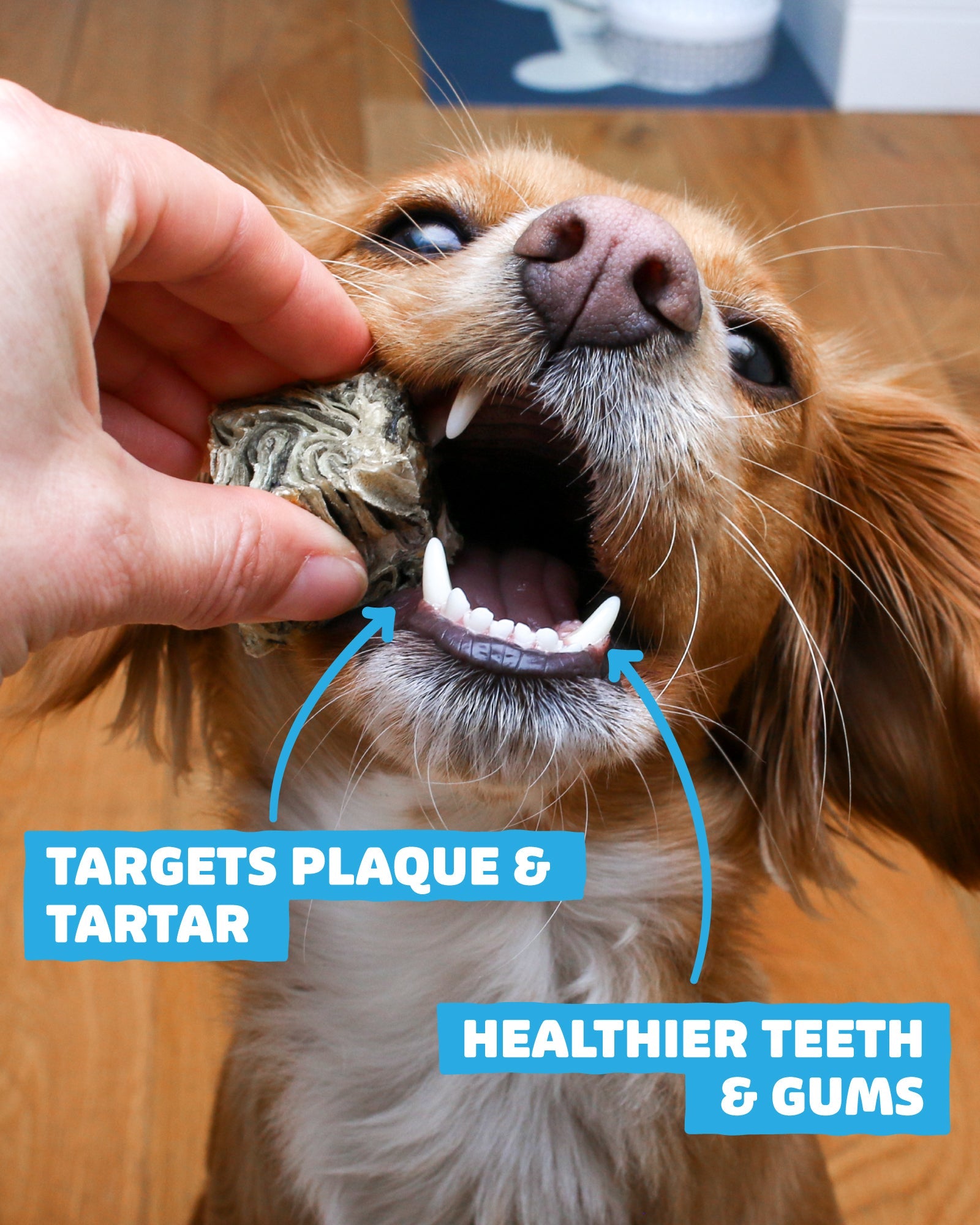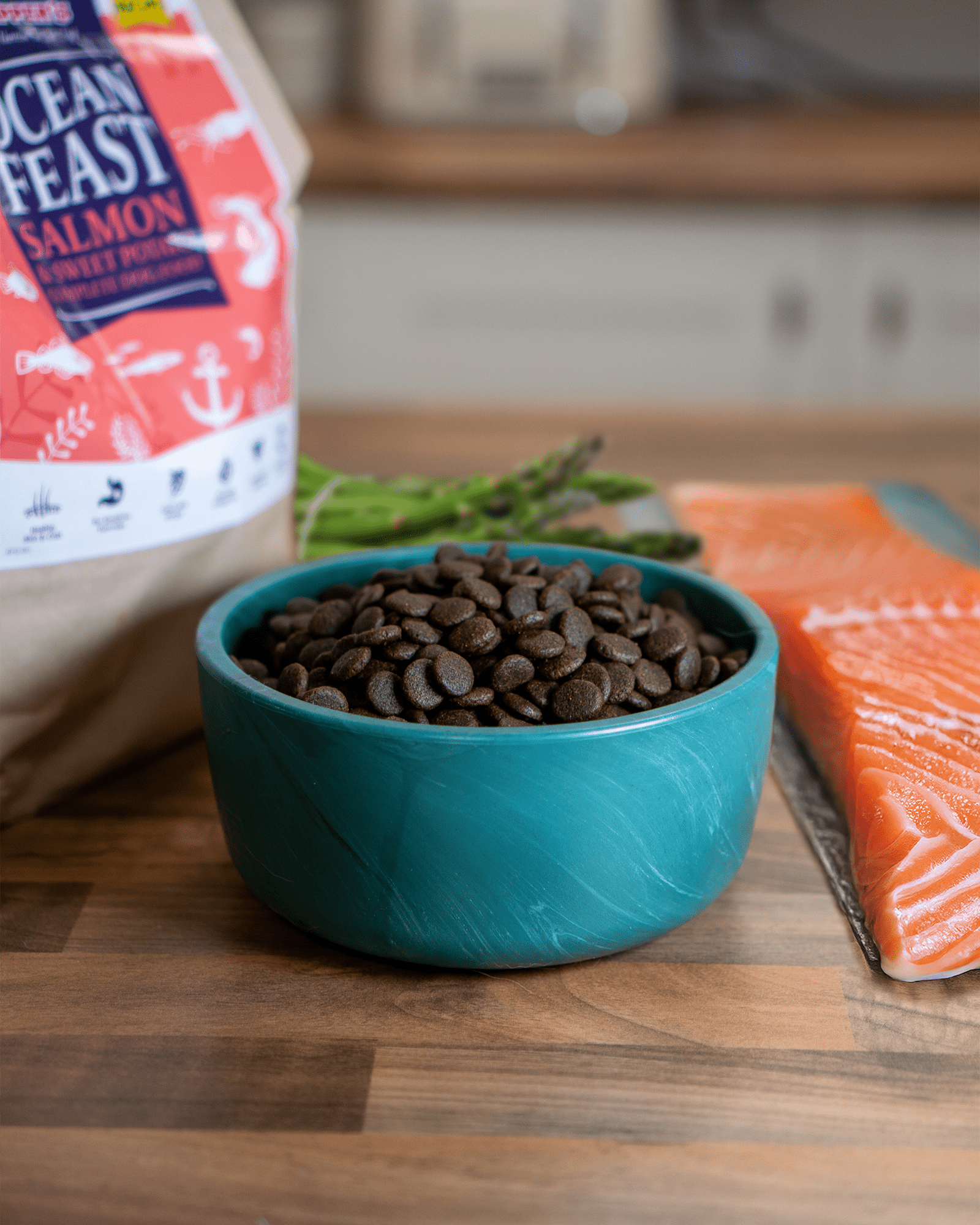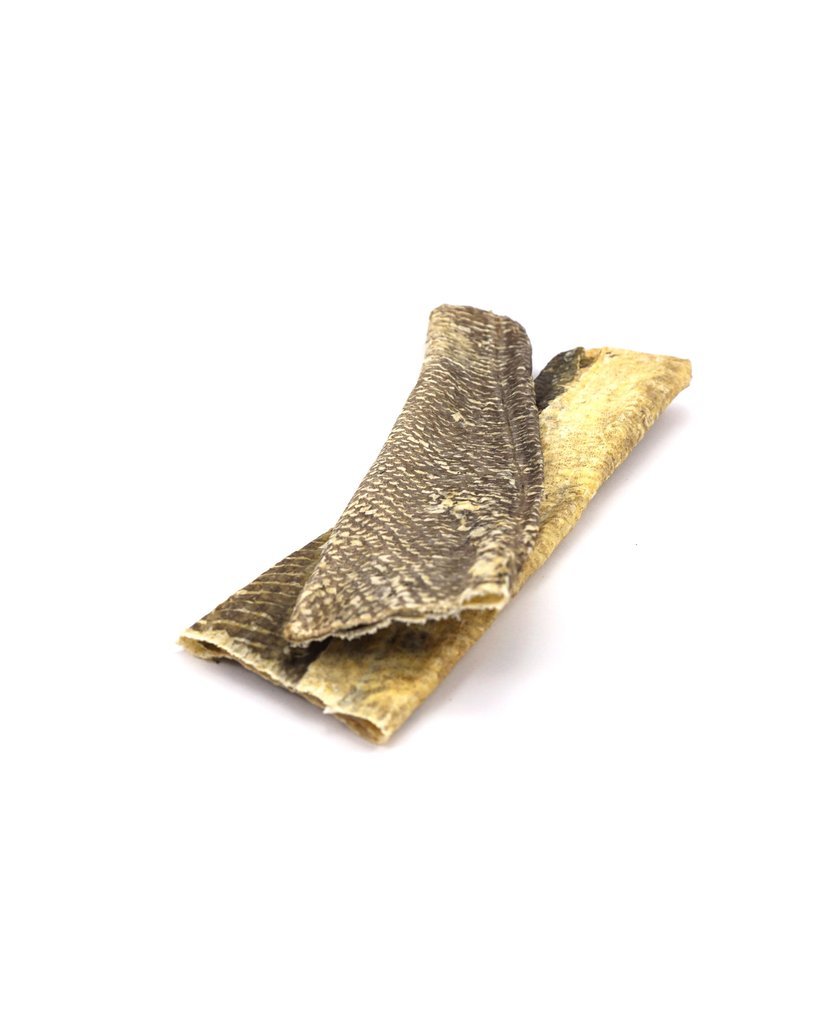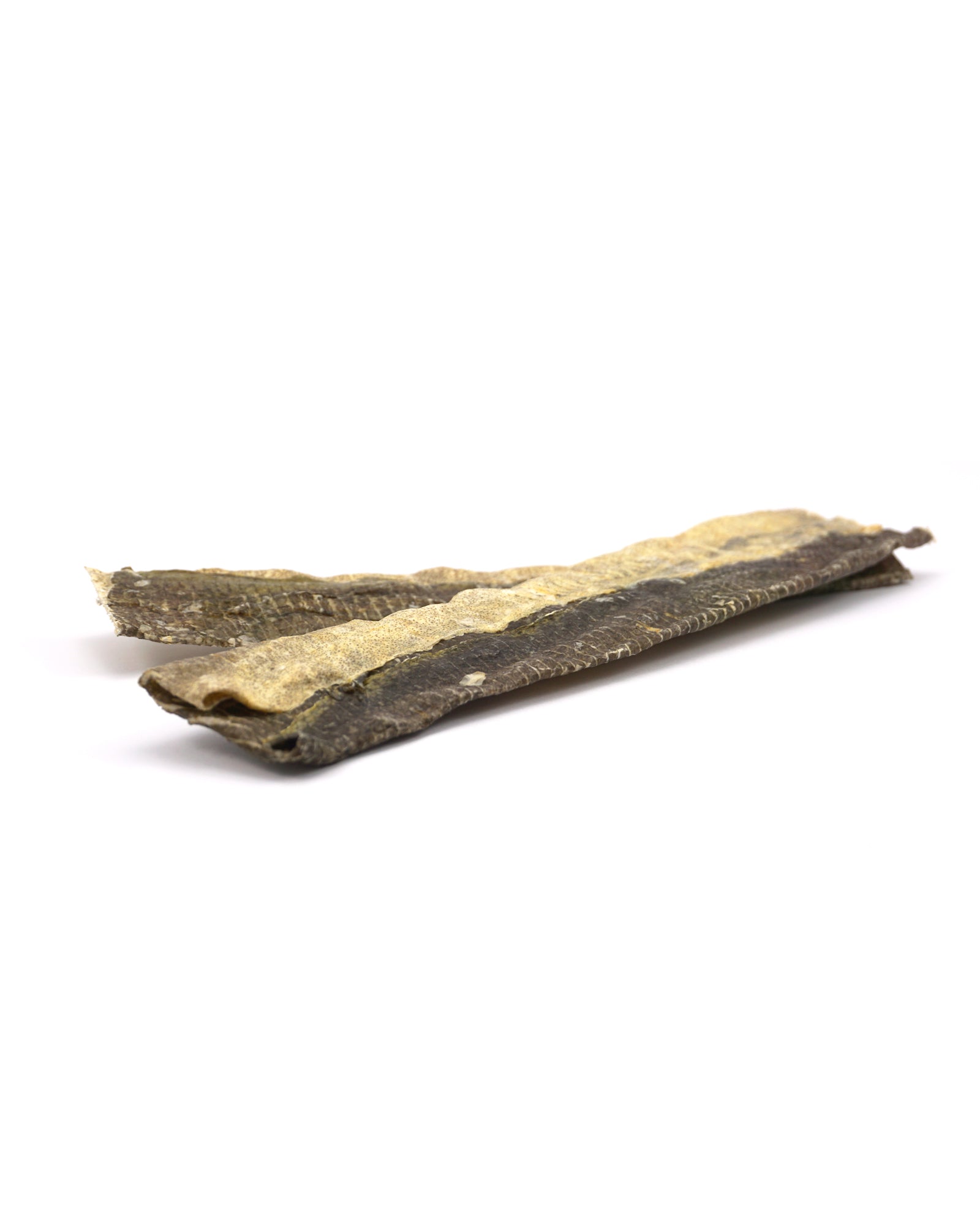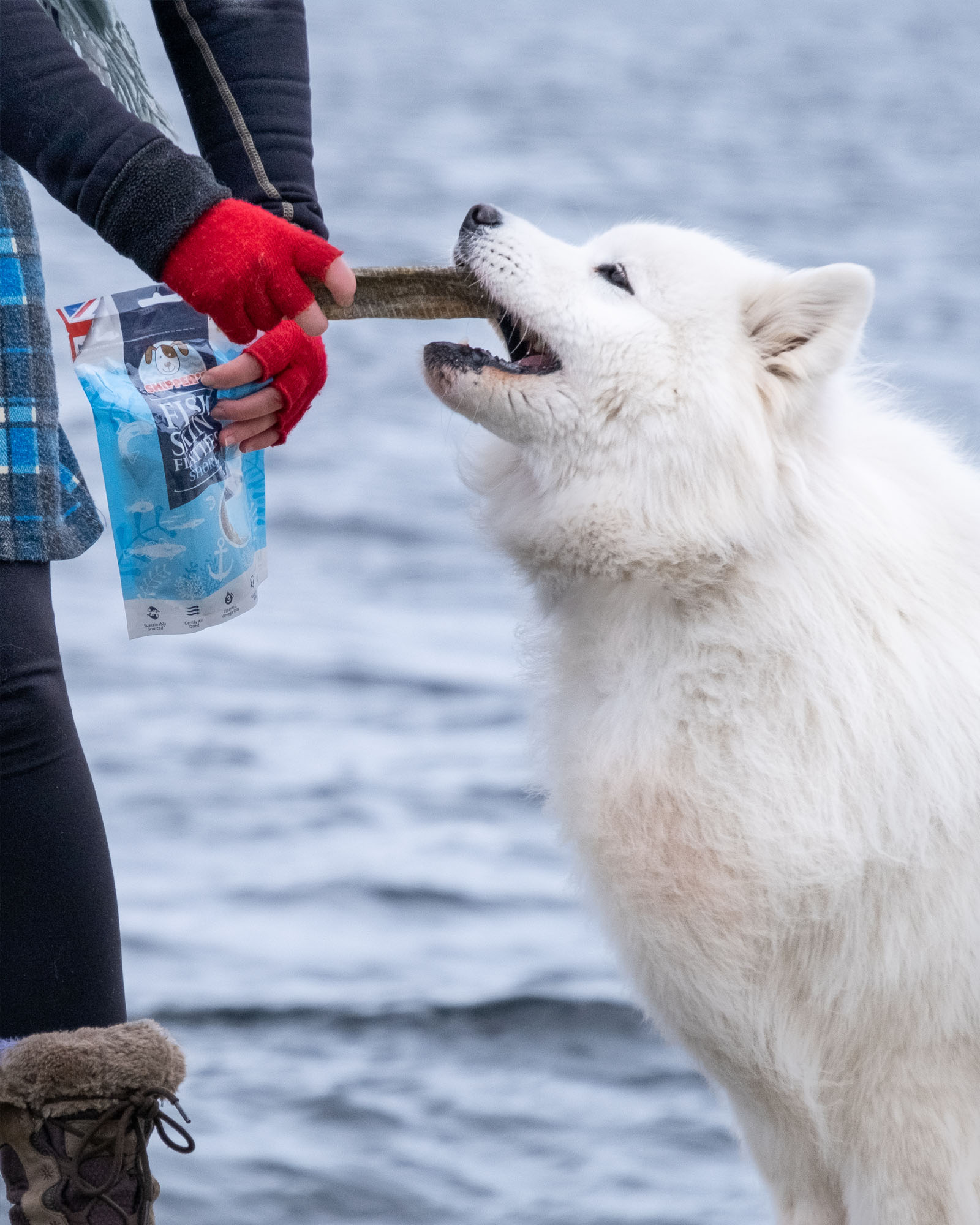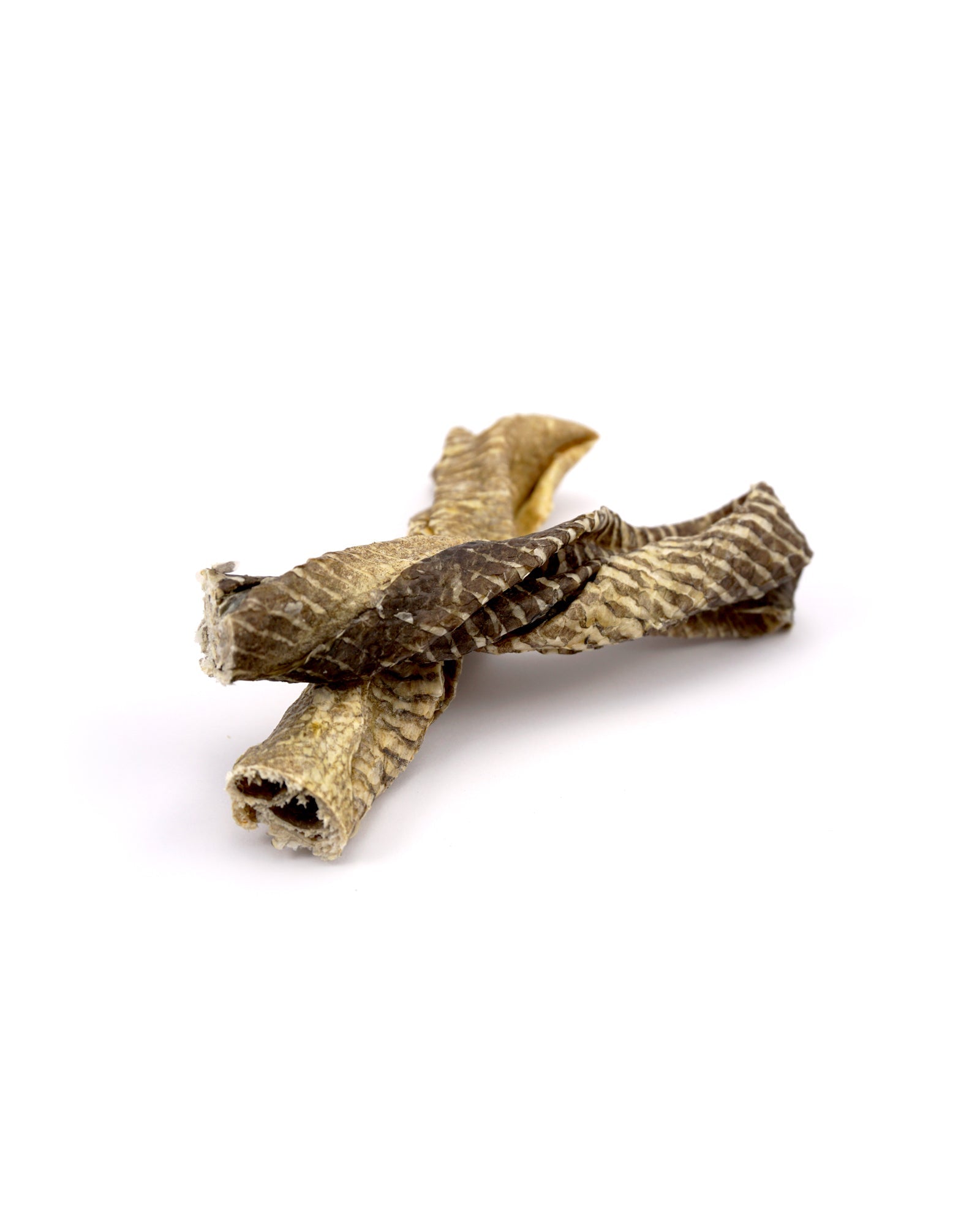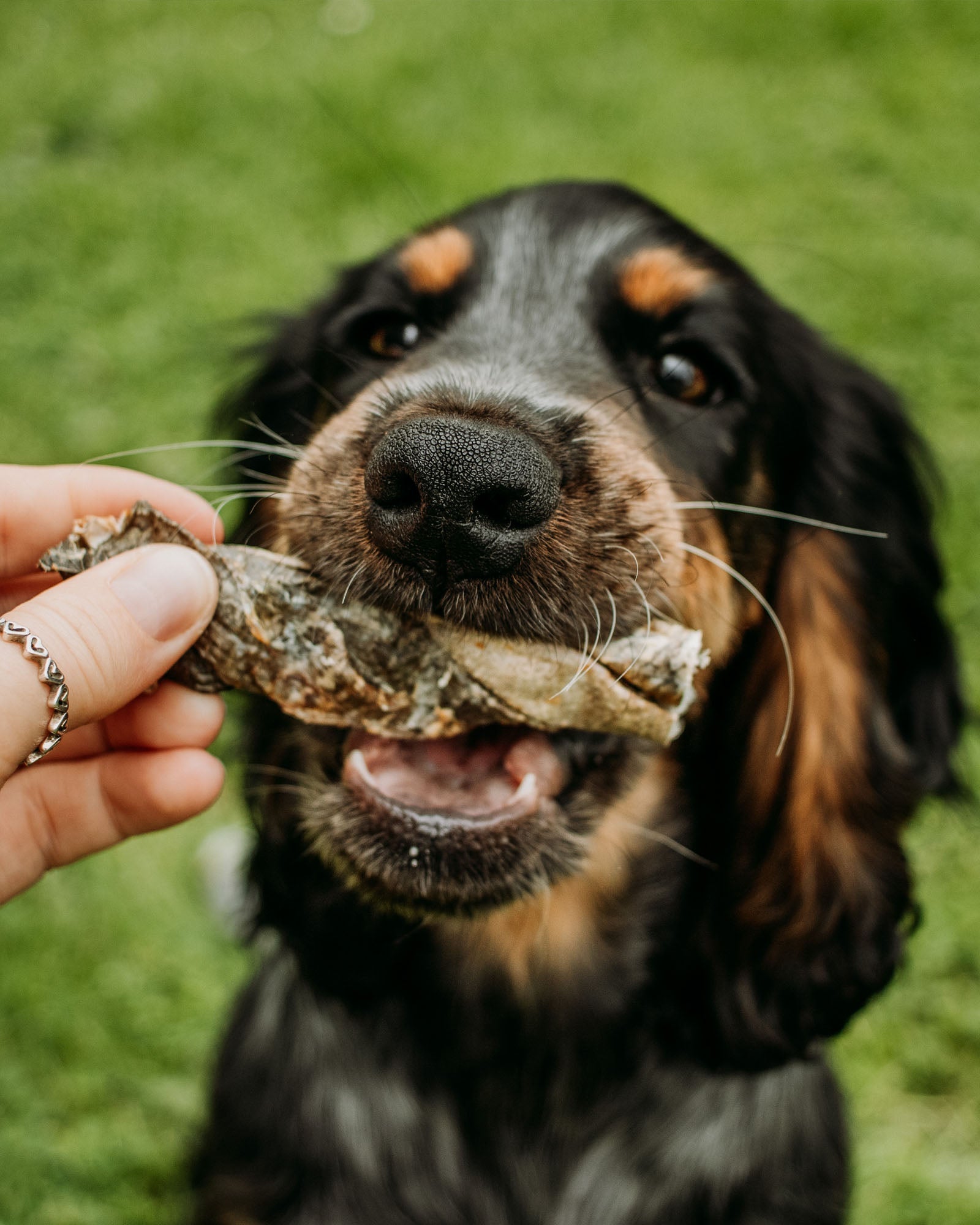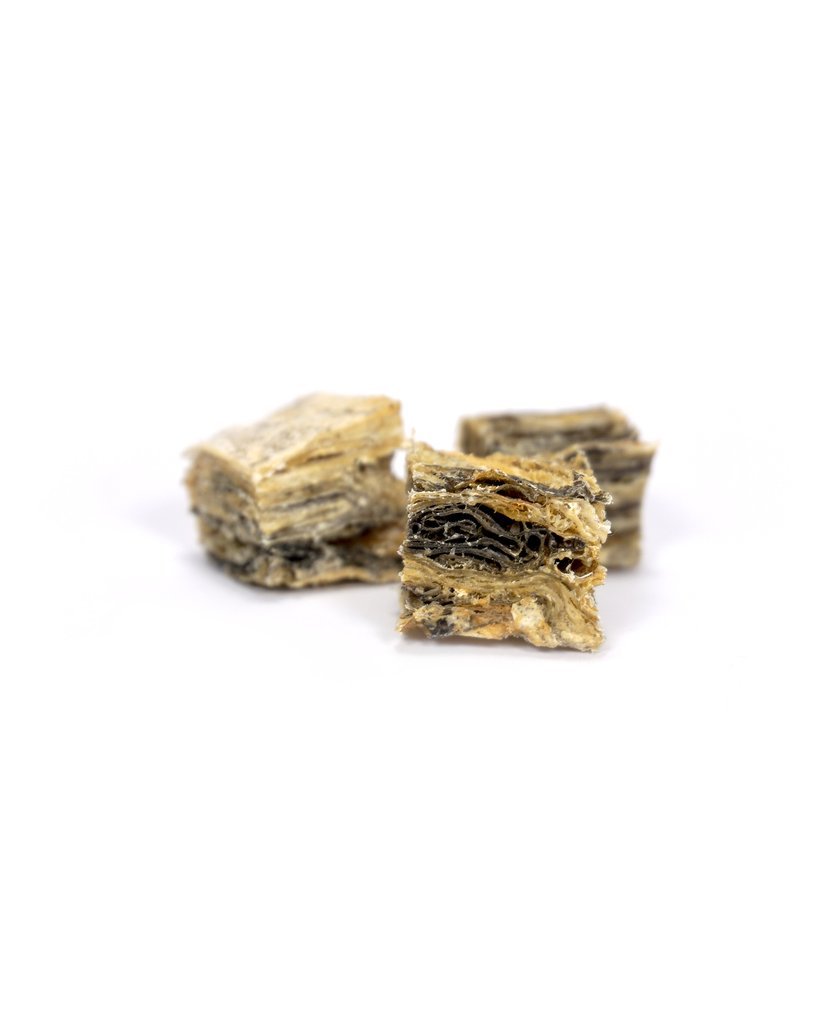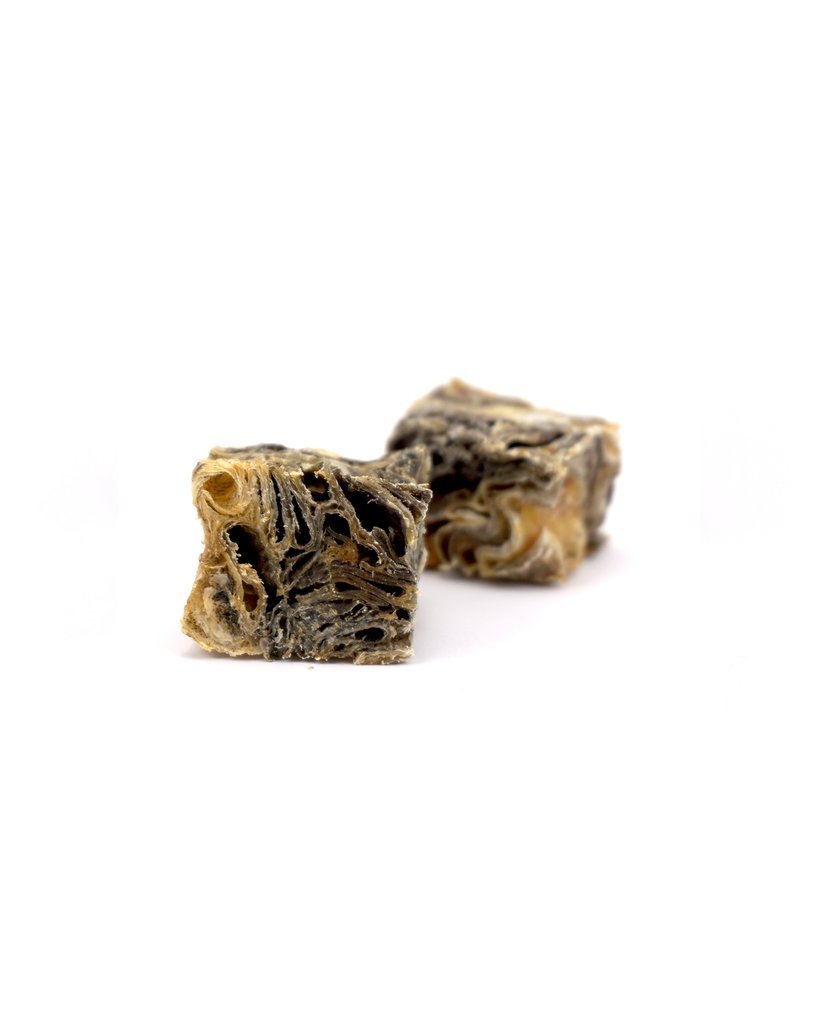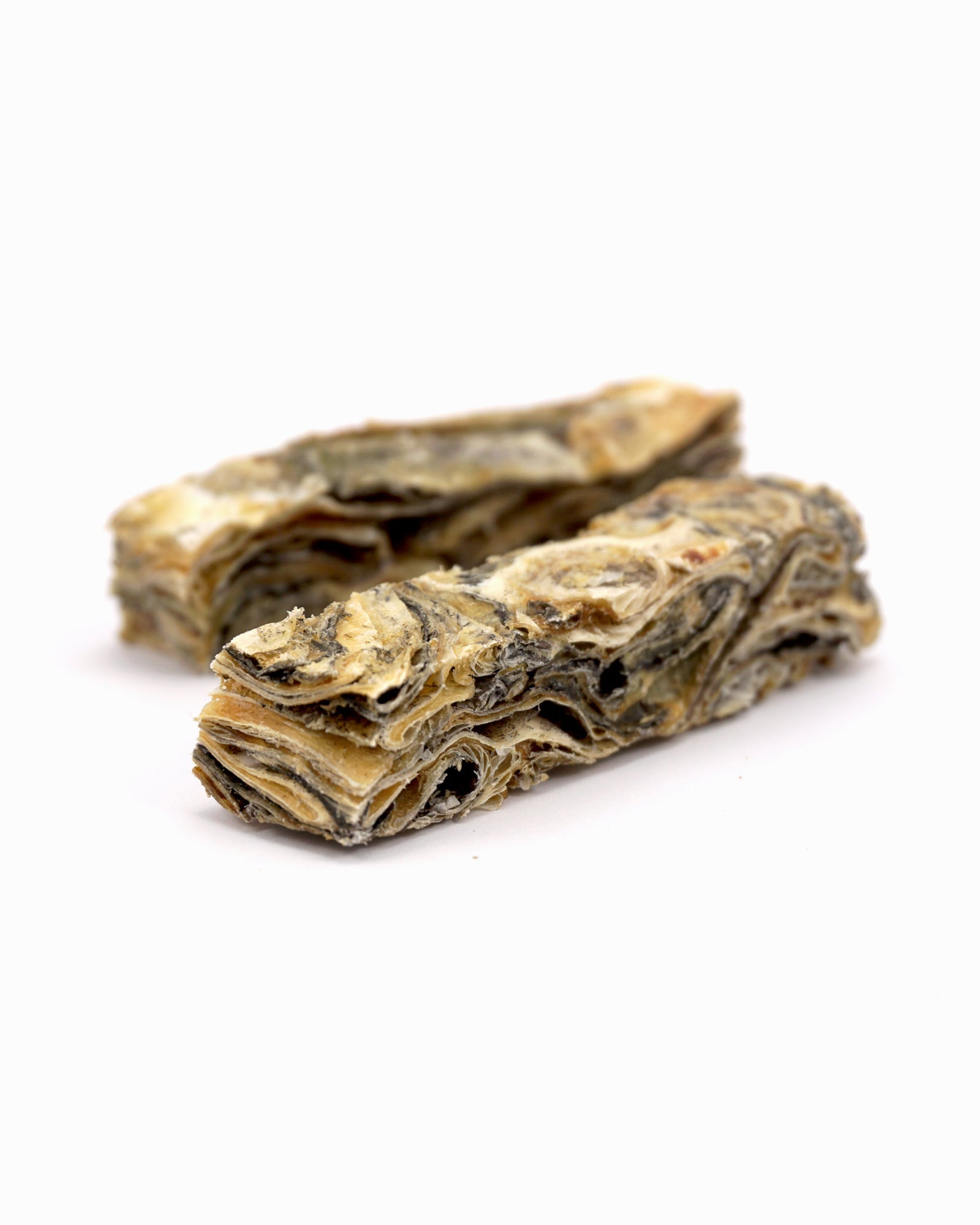We’ve all been in the same boat, or still are in the same boat… Let's admit, understanding behaviour in dogs can be difficult!
The first step to correct any sort of bad behaviour is to understand why it happens. When you do find the reason and start to stop the behaviour in dogs it can even get worse at first and that’s okay! Consistency is key!
Jumping Up

Excitement, worry, or simply trying to get attention are the common reasons for your dog to jump up. This behaviour in dogs is reinforced because we give our dogs attention when they do this.
It’s important to ignore your dog when they do jump up. Giving them any sort of attention can confuse your dog and make it much harder to train your dog to stop jumping up. Alternatively, reward your dog for not jumping up. This will slowly teach them that the attention they seek will only come when all four of their paws are on the ground. You can also reward them for alternate behaviours such as sitting, hand-targeting, fetching a toy, etc.
The question is ‘how do I start?’. It’s easy! First, know when and where your dog is most likely to jump up. Secondly, be quick and prepared with treats or their favourite toy! When you know you’re about to be in a situation where your dog is likely to jump up, go straight down and give them attention and a treat or toy. As said previously, if they do jump up, it is important to ignore this behaviour in dogs.
The process can be slow, and that is really the only hard part of this training.
Not Coming When Called

INCENTIVE! INCENTIVE! INCENTIVE! First, you need to have something that is more exciting than everything around them. This will teach them to associate you calling their name with something good!
We recommend that you start training your dog in your own home. Increasing the distance between you and your dog a little bit each time will greatly help.
It is important to give your dog praise, a treat, a toy, or any sort of positive interaction when your dog comes to you after their name is called. Like this, you are better able to understand the behaviour in your dogs.
On the other hand, it’s equally important that you do NOT call your dog’s name to tell them off. This will make them reluctant to come to you because they may feel like they’ll get disciplined.
After some time, your dog will start to consistently come to you. However, we recommend always keeping their favourite treat or toy with you for those odd occasions, the environment is much more interesting! This is especially important at the earlier stages of training.
Pulling on Leash

Your dog pulls on the lead because of a variety of reasons, a few of which are:
- They want to run
- They want to smell things
- They want to see another dog/person
- They see a toy
- They see a SQUIRREL
Overall, your dog is excited, however, not engaged with you! You need to change that excited behaviour in your dog into a calmer and relaxed demeanour and bring that engagement back! This will be done through the lead.
First things first, a comfy and suitable harness or collar.
Once you’ve got this, the training starts! We recommend that you start dog training in your home or the garden.
Engagement!
You want to keep your dog engaged with you. This is all to do with the bond and relationship you have with your dog, and a better understanding of behaviour in dogs.
With your dog on the lead, start to move forward, and after several steps, move in the opposite direction. When you change direction lead that with a ‘(Your dog’s name) lets go’ and verbally praise them when they change direction with you. If your dog is ignoring the command, it is important to only apply a little bit of lead pressure to correct where they need to walk. Make sure to keep verbally praising your dog when they do follow. When your dog listens to the command with next to no lead pressure, make sure to lavish them with praise.
When it is time to take your dog on a walk, keep consistent! When your dog starts to walk ahead, apply a little bit of lead pressure to correct this and praise your dog when they are walking next to you.
Excessive Barking

This is definitely one of the most common challenges that dog owners face when understanding behaviour in dogs. The reasoning behind your dog barking excessively can be triggered by a variety of factors.
You need to find the reasoning behind why and what is causing your dog to bark. Some examples of why your dog excessively barks is because they’re bored, they want attention, they have separation anxiety, excitement or they’re frustrated.
Some dogs are more vocal than others, and if you haven't already, doing some research will greatly help you understand your dog’s breed.
Training your dog to stop their excessive barking can be a challenge and a lengthy process. Remember to not shout because your dog will believe you’re joining in, instead, speak calmly but firmly. It will also help to teach your dog a word, such as ‘Quiet’, that they will understand as the command to stop barking.
Once you’ve found the reasoning behind your dog’s excessive barking, finding a method to train your dog will be much easier. The longer you leave the issue, which in this case is the excessive barking, the more ingrained this behaviour will be in your dog’s head. Therefore, the longer the problem has persisted, the harder it may be to train your dog.
There are specific ways to stop this behaviour in dogs, which is determined by the cause. To be more helpful, we will have a separate blog with as many ways to tackle this behaviour. Overall, you need to identify the cause of your dog’s excessive barking, keep calm and have a word that your dog can identify as the cue to stop barking.
Destructive Chewing

For most dogs, chewing is an important activity, however, it only becomes a problem when your dog starts to chew on the wrong items. Therefore, look for reasons to better understand this behaviour in dogs.
A few possible reasons why your dog chews are:
- Boredom
- Puppy teething
- Distress
- Trying to get attention
- Lack of exercise
- Lack of mental stimulation
- Separation anxiety
Knowing the cause of the destructive chewing will guide you to the correct way to train your dog is to stop this behaviour in dogs.
Chewing is also a way for your dog to explore their surroundings, providing your dog with a durable toy such as a kong is a great way to redirect your dog. Your dog needs to understand what they can and can’t chew, therefore, when your dog chews on the toy, it is important to reward your dog with a treat. It is equally important to say no when your dog tries to chew on the wrong items and then redirect them to their toy.
Separation anxiety
You’ll know if your dog’s chewing problem is caused by separation anxiety due to the destructive chewing only occurring when they are left alone. If this is the case, try to dog proof the room and provide them with a durable chew that will also act as a mental stimulation. Kongs filled with food are a great pick.
Boredom chewing/Lack of exercise/Lack of mental stimulation
This can be the result of a lack of physical exercise and/or mental stimulation. Having a balance of both is very important to keep your dog happy and healthy. The simple fix to this is walking your dog more often and providing activities that will stimulate your dog’s brain. One popular way is small treats scattered in a snuffle mat. For more information about mental stimulation, you can find this in our blog section under the name ‘Mental Stimulation’. This will tell you the what, why and how on mental stimulation.
Pet safe spray deterrents
Many pet shops sell a spray deterrent that can be sprayed directly onto the objects that you do not want your dog to chew on. The downside is that it doesn’t work for all dogs and you will have to keep respraying once the deterrent has worn off.
Dog behavioural issues are more common than you may think! There are always solutions to the behavioural issues you are encountering and the key to remember is CONSISTENCY. It is also important to remember to be calm and patient with your training. If you ever have any questions, please feel free to contact us! We will be more than delighted to help.


